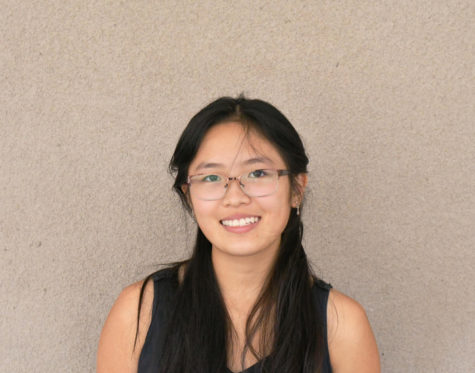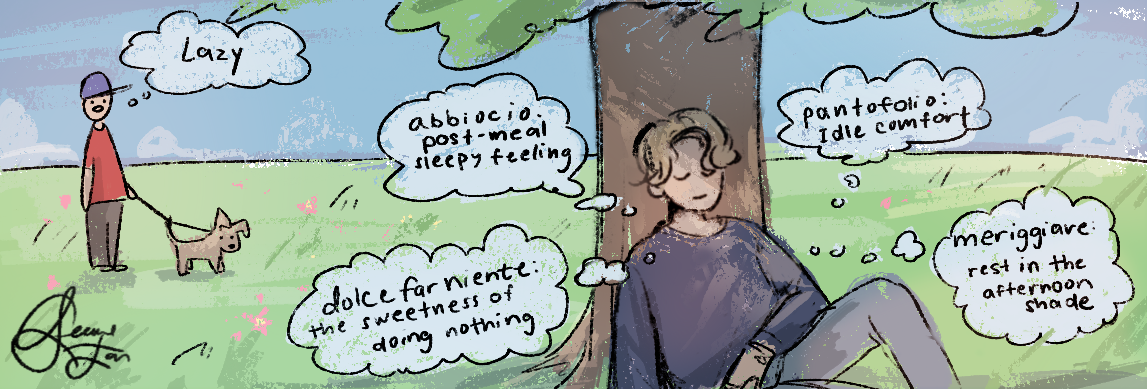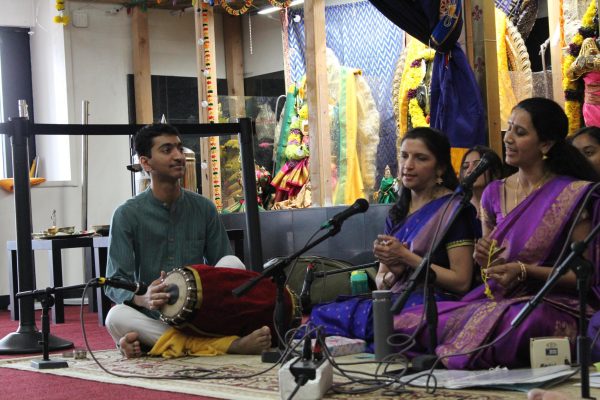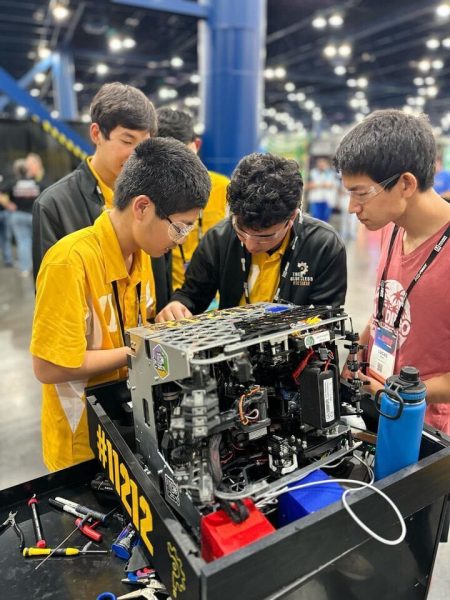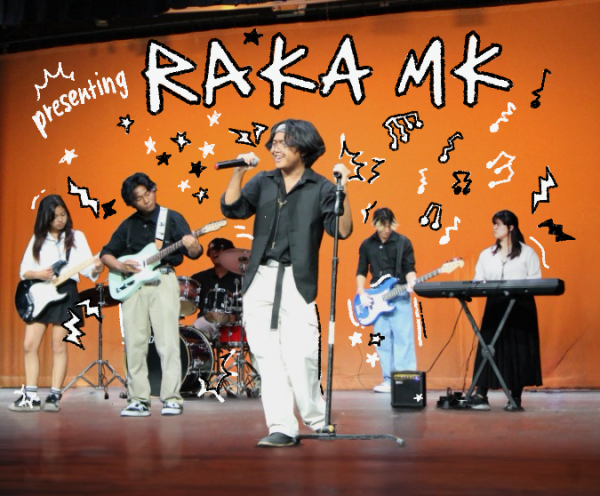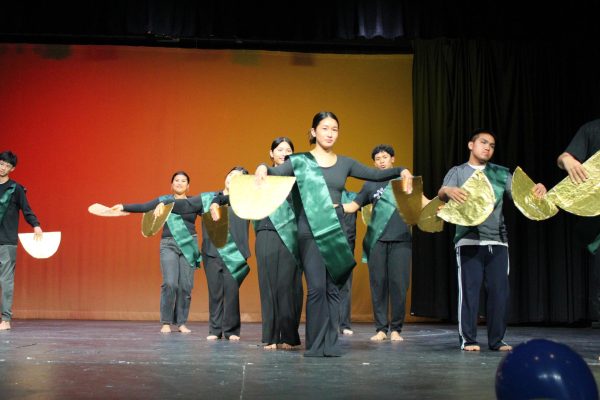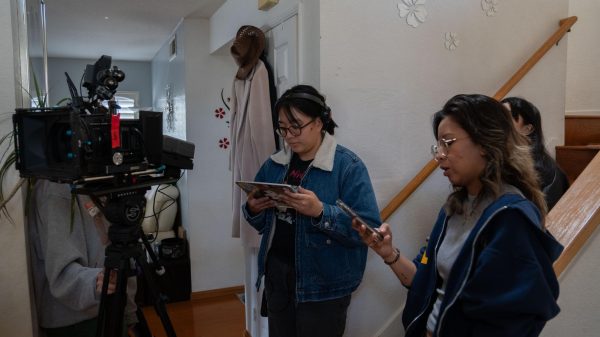Vermani wins third-in-category, scholarship at International Science and Engineering Fair
June 14, 2021
Over the course of his journey from regional science fairs to the International Science and Engineering Fair (ISEF), Aakarsh Vermani (11) has had to grapple with the inexperience that comes with being a first-year competitor, and unfamiliar online conditions.
Starting with an interview process at the Greater San Diego Science and Engineering Fair (GSDSEF) in March, where he won first in category. Vermani then moved on to the California Science and Engineering Fair (CASEF) in April, where he placed well enough to qualify as a finalist for ISEF. While other students also made it to CASEF, Vermani was the only international competitor from Westview.
“It’s definitely been a process,” Vermani said. “As I advanced from the regional fairs to ISEF, I felt like my presentation improved, but I wasn’t even expecting to qualify for ISEF. Not only because it meant that I did well, but also because I was excited for the opportunity to move on to the next level.”
While ISEF interviews happened at the beginning of May, the timeline for his work was actually much longer. Vermani started his project, Using Machine Learning to Repurpose FDA-Approved Drugs to Treat Cancers and Inflammatory Diseases, for personal reasons last year.
“I started off researching autoimmune diseases because that’s something that my close family members suffer from,” Vermani said. “And that’s when I came across the P-38 protein that I eventually did my research on.”
While the basis and subsequent development of his research was entirely his own work, Vermani has gotten help from various mentors along the way, something he said was especially useful in configuring his work for an online environment.
“I had mentors at UCSD that helped me set things up,” Vermani said. “I was also a part of the program Research Experience for High School Students (REHS) over the summer, and they helped me use a deep neural network and other computational techniques to basically use existing data for my project.”
Beyond the technical solidity of his project, Vermani also had to focus on presentational skills. As a part of the competition process, Vermani presented his work three separate times, to different experts in the field of computational biology and informatics. While his beginning inexperience dampened the first round of interviews, he became more familiar with the project, and he improved.
“I think at the first level of competition, I was a lot more nervous during my presentations,” Vermani said. “But as I advanced from CASEF and eventually to ISEF, I became a lot more relaxed and I approached the judge interviews as more of a discussion. A lot of the judges actually gave me great advice, so I feel like approaching the experience as a learning opportunity really helped overall.”
This aspect of continuous learning, even after his project was in its presentation stages, is a mindset that has helped Vermani advance as a student interested in STEM, despite his relative inexperience.
“Going into ISEF I wasn’t really sure what kinds of projects other competitors had, and when I did see them, I found them all really impressive,” Vermani said. “But even after realizing how many other really qualified projects there were, I didn’t really mind because I was mostly happy that I even got the experience that I have.”
Such experiences are ones that came with advancing to the international level of competition. After the interview and presentation portion of ISEF was finished, an assortment of additional activities were open to finalists like Vermani., and cCareer and college fairs, speeches from world-famous scientists and engineers, and open presentations were all offered. Despite conflicts with his schedule, Vermani tried his best in order to learn as much as he could.
“One of the workshops in particular was put on by Regeneron, the sponsor of ISEF,” Vermani said. “Regeneron works specifically in the field I’m interested in, so it was eye-opening to listen to scientists and ask them about the challenges they were facing, as well as about the research that they were doing.”
This participation has led to experiences that Vermani considers the highlights of his science fair journey. In particular, the orientation on the first day of the events was memorable and eye-opening.
“On the first day, in virtual orientation there was a scavenger hunt,” Vermani said. “I didn’t know anyone there, but I met a kid my age from the Bay Area and we ended up doing the scavenger hunt together and talking about our projects. I also got to meet kids from all over the world, not just the U.S., and it was just a cool experience overall.”
The two-week long ISEF finalist events finally ended with the awards ceremony on May 21. ISEF finalists were invited to participate in the virtual awards announcements, one that was different from the usual Zoom announcements.
“It was almost like the video game Second Life,” Vermani said. “It wasn’t a video call or anything like that, but you had an avatar you could customize and then you could enter a virtual world.”
Vermani’s hard work culminated in said virtual awards ceremony, during which he learned that he had won Third in Category and the forty thousand dollar Renewal Tuition Scholarship to the University of Arizona, should he choose to attend in the future. The awards were a shock for Vermani, who hadn’t won any special awards at the GSDSEF level beyond the First-in-Category that allowed him to advance to CASEF.
“I didn’t have extremely high expectations going into ISEF,” Vermani said. “While I was confident in my project, and I had a lot of fun making it, I didn’t expect much coming out of the state level of competition.”
Despite the high honors, Vermani said that he believes he would have been satisfied even if he hadn’t won.
“No matter what, I [have] learned that [computational biology] is probably a path that I want to follow in the future,” Vermani said. “Overall, the awards are more of a secondary thing to the research I’ve already done. I’m just happy to have learned as much as I have.”


